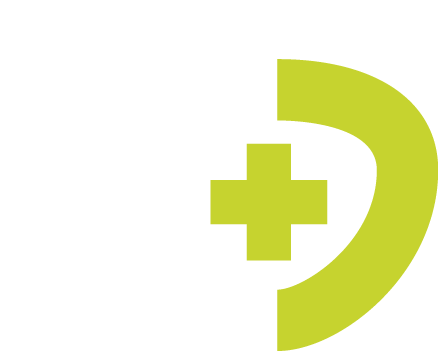Current Situation and Utilization of Healthcare Workforce Projections
As most European countries, Norway faces significant challenges in securing enough healthcare personnel. These challenges are present in both hospitals and primary healthcare services, but they are most severe in the municipalities, which have the responsibility for primary healthcare. The situation has recently been brought to higher attention, both politically and among the general public. Therefore, effective tools and models for forecasting healthcare personnel needs have become more important than ever.
There are several HWF planning tools and models in use in Norway today. The focus of this article will be Statistics Norway’s planning model, which is the main national level model. It includes both the demand and supply side. The model includes planning and forecasting for 14 HWF occupations. The occupations in the model are for example Medical doctors, Nursing professionals, Midwifery professionals, Dentists, Dental/Medical assistants, and physiotherapist. With these occupations the model covers a large part of the HWF in Norway.
The model developed by Statistics Norway (SSB) is widely used today and is relatively well-known. It serves as a valuable source for politicians, such as the Ministry of Health (MoH), as well as the Directorate of Health, other governmental entities and employer and employee organizations. Despite its extensive use, there are areas for improvement, and the model can be utilized even more effectively.
The aim is to make the models even more relevant and useful for policymakers and other stakeholders.
Collaborating for an Enhanced Forecasting Model
The Directorate of Health and Statistics Norway are collaborating to enhance the healthcare personnel forecasting model within the framework of JA Heroes. This initiative aims to scrutinize both the data utilized in the model and the model itself, ensuring its accuracy and reliability. This collaboration for better data and understanding of data is very valuable and will yield benefits for a long time to come. Additionally, it is very beneficial for those who develop the model and those who use it to exchange experiences and needs.
When it comes to data utilization, the approach is twofold. Firstly, there are plans to examine the healthcare service usage among the immigrant population. If this analysis yields significant results, it will become an additional parameter to include in the projection model. Even if it does not prove significant, the insights gained will enhance our understanding of the model and data and could be used to modify policy.
The second aspect of data improvement is closely related to the data already used in the model. Numerous decisions have been made regarding how the data is processed before being incorporated into the model. Statistics Norway and the Directorate of Health are currently reviewing these decisions to determine if adjustments are needed to ensure the data is more accurate and that the supply and demand aspects are better aligned. This is a multifaceted effort involving many employees to ensure the data is as robust as possible.
Another key objective is to make the model more accessible to various stakeholders, thereby facilitating informed decision-making in healthcare planning and policy. By improving the model’s usability, the collaboration seeks to provide a tool that can adapt to the dynamic nature of healthcare demands, anticipate future workforce requirements, and support the development of strategies to meet those needs effectively. The possibilities for a microsimulation model will also be explored.
Through new dashboards, the various stakeholders including the Ministry of Health, regional health authorities, counties, private entities, and others can leverage the dashboard to gain deeper insights into the model and adjust different parameters. This capability allows them to better understand the model’s dynamics and create tailored scenarios that suit their specific needs and objectives. Examples of two key parameters one can determine are availability of new healthcare personnel, and health status of different population segments.
Another essential aspect of developing models is the accessibility of the code to stakeholders, both national and international. Statistics Norway will publish the code used for the model on Github. This transparency fosters a collaborative environment where experts from various regions can contribute to and scrutinize the model’s development. Open access to the code ensures that the model can be validated and improved upon, enhancing its reliability and applicability across different contexts. Moreover, it encourages a standard of openness that can lead to more innovative and inclusive advancements in the field.
Future Aspirations and Continued Efforts
This work will bring significant improvements and new opportunities for all stakeholders. Both the Directorate of Health and Statistics Norway aim to share their experiences within the JA Heroes and other interested actors. And we are also very interested in receiving feedback and comments for improvement and development. We want to emphasize that we see great benefits and gain inspiration by participating in this Joint Action.
Although the ongoing work will go a long way in improving the data and the model, especially in making them accessible, there is still much to be done. Both the data and the models can be further improved. Specifically, there is a desire for the model to be applicable to various regional levels and to be used even more extensively. One area planned for further work is to obtain better estimates of the number of full-time equivalents contributed by informal care or private health care providers. There is already an estimate of this in the model, but the figure is uncertain and not well-researched.
Our conclusion is that it is a continuous effort to improve the data, the models, and their usage.




